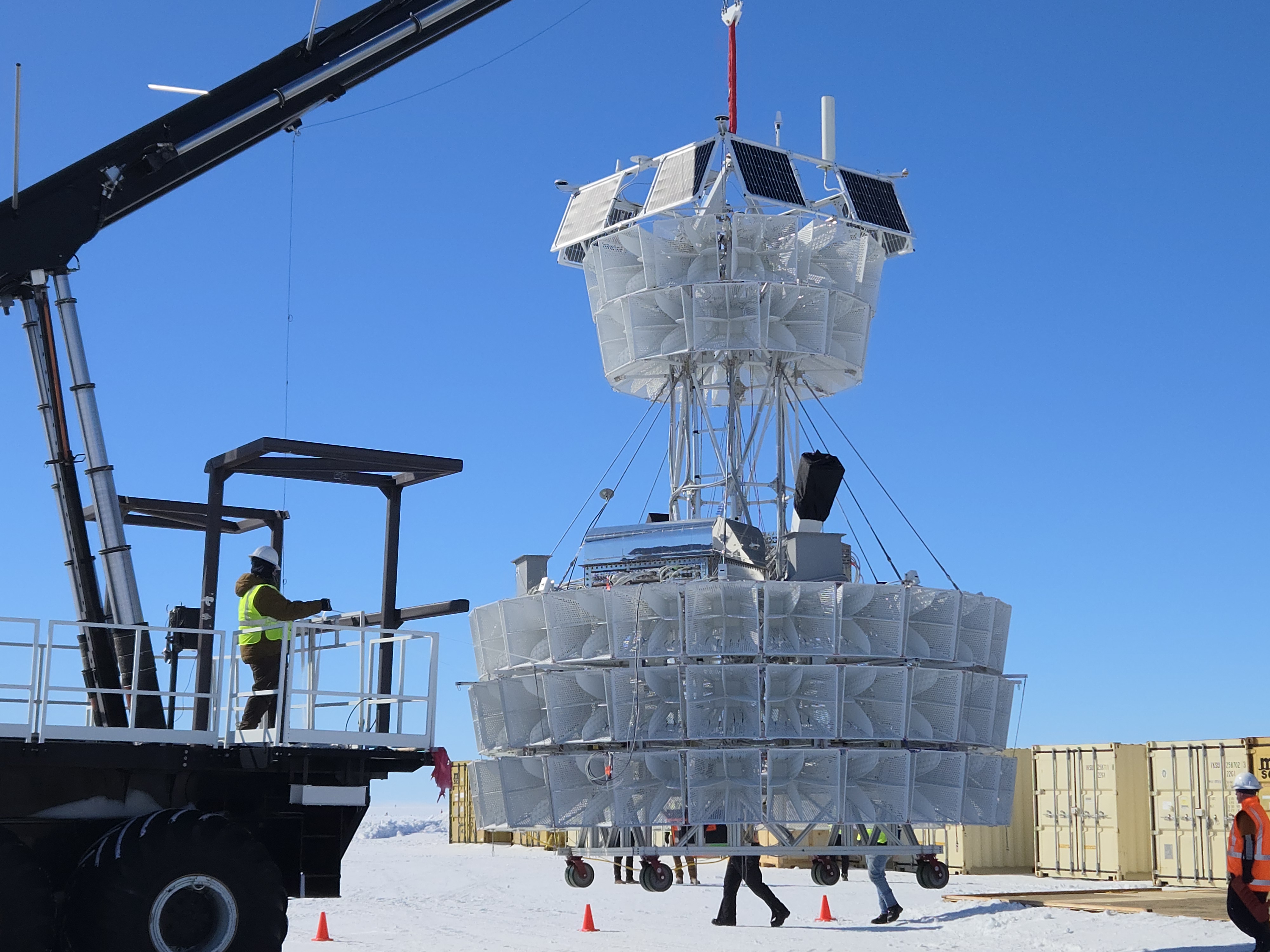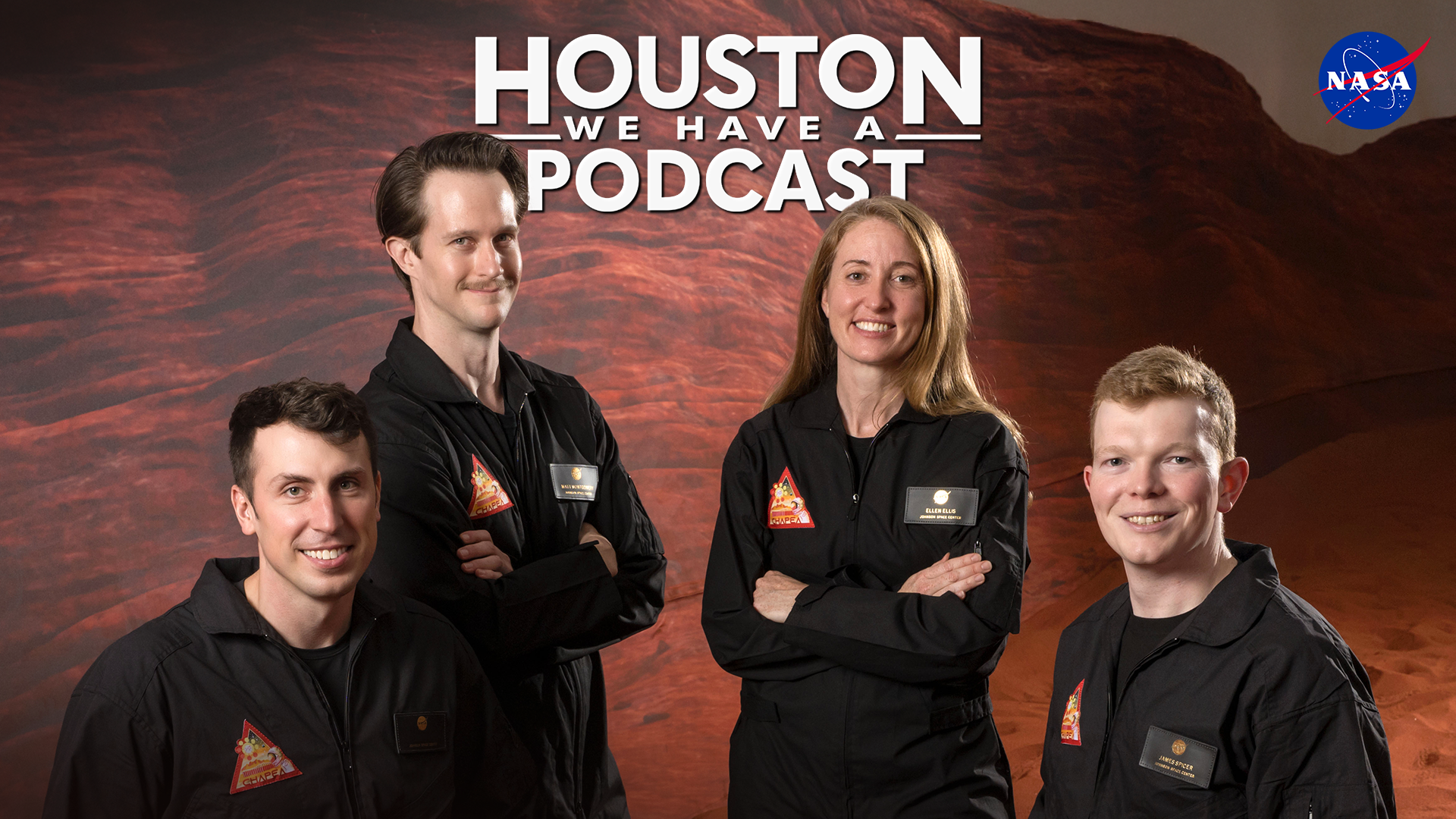Hayabusa
Type
Launch
Target
Objective
Mission Type: Sample Return
Launch Vehicle: MV-5
Launch Site: Kagoshima Space Center (Uchinoura), Japan
Spacecraft Mass: 510 kg
Spacecraft Instruments:
1) Light Detection And Ranging (LIDAR)
2) Near Infrared Spectrometer (NIRS)
3) X-ray Fluorescence Spectrometer (XRS)
4) Wide-view Camera (ONC-W)
5) Telescopic Camera (AMICA)
6) Target Marker
8) Sampler and Reentry Capsule
9) Small Rover MINERVA
Spacecraft Dimensions: Core 1m x 1.6m x 2m; 5.7m full width at deployment of solar paddle
References:
-NSSDC Master Catalog, http://nssdc.gsfc.nasa.gov/nmc/SpacecraftQuery.jsp
9 May 2003: Launch
1 Sep 2005: Arrival at Asteroid Itokawa
13 Jun 2010: Sample Return to Earth
The primary scientific objective of the Hayabusa (formerly Muses-C) mission is to collect a surface sample of material from the small (550 x 180 meter) asteroid 25143 Itokawa (1998 SF36) and return the sample to Earth for analysis. It is also a technology demonstration mission. Other scientific objectives of the mission include detailed studies of the asteroid's shape, spin state, topography, color, composition, density, photometric and polarimetric properties, interior and history.
The spacecraft was launched on 9 May 2003 at 04:29:25 UT on an M-5 solid fuel booster from the Kagoshima launch center. Following launch, the name Muses-C was changed to Hayabusa (the Japanese word for falcon) and the spacecraft was put into a transfer orbit to bring it to asteroid 25143 Itokawa (1998 SF36), a 0.3 x 0.7 km near-Earth object.
The ion engines were successfully test-fired starting on 27 May to the middle of June, 2003. A large solar flare in late 2003 degraded the solar panels. The loss of power available to Hayabusa's ion engines forced the originally planned early summer 2005 rendezvous with Itokawa to be moved back to September. Hayabusa flew by Earth on 19 May 2004 at an altitude of 3725 km at 6:23 UT.
On 31 July the X-axis reaction wheel failed. Rendezvous with the asteroid occurred in September 2005 with the spacecraft coming to rest relative to the asteroid at a distance of 20 km at 1:17 UT on 12 September. Note that the spacecraft will not go into orbit around the asteroid, but will remain in a station-keeping heliocentric orbit close by. On 3 October 2005 Hayabusa lost the use of the Y-axis reaction wheel and was using one reaction wheel and two chemical thrusters to maintain attitude control.
Hayabusa initially surveyed the asteroid's surface from a distance of about 20 km in the home position, a region roughly on a line connecting the Earth with the asteroid on the Sun ward side. This is global mapping phase 1, the phase angle during this phase was small, no greater than 20 - 25 degrees. Global mapping phase 2, which lasted about a week, began on 4 October when the spacecraft reached a position near the terminator at a distance of 7 km, affording high phase angle views of the asteroid. Following this the spacecraft moved back to the home position and then moved close to the surface in November for a rehearsal touchdown. This touchdown was attempted on 4 November but was aborted due to an anomalous signal at 700 meters above the asteroid's surface.
On 12 November a second rehearsal touchdown was attempted. The spacecraft began its descent from 1.4 km altitude at 3 cm/sec to an altitude of 55 meters. The small lander/hopper, MINERVA, was deployed at 6:34 UT but unfortunately Hayabusa had already reached the 55 meter level and had begun an automatic ascent so the release was at a higher altitude than planned. Contact was lost and it is believed Minerva floated off into space without landing.
At 12:00 UT on 19 November Hayabusa began its descent towards the asteroid from an altitude of 1 km. At 19:33 UT the final approach was commanded and the descent began from an altitude of about 450 meters at 12 cm/sec. The target marker was released at 20:30 UT 19 November about 40 meters above the asteroid and Hayabusa's descent was slowed to 3 cm/sec to allow the marker to fall ahead of it. The spacecraft reduced its speed to zero and then began free-fall at an altitude of 17 meters at which point contact was lost.
Later telemetry indicated that Hayabusa hit the surface at 20:40 UT 19 November at roughly 10 cm/sec and bounced. It bounced again at 21:10 and then landed at 21:30 within about 30 meters of the target marker. At 21:58 it was commanded to make an emergency ascent. The craft remained on the surface for about half an hour but did not collect a sample. This was the first ever controlled landing on an asteroid and first ascent from any other solar system body except the Moon.
A second touchdown and sampling run was made on 25 November, early telemetry indicates the spacecraft touched down at 10 cm/sec and two sampling bullets were fired 0.2 seconds apart at 22:07 UT 24 November but examination of later telemetry indicates it is not clear that the bullets were fired. On 9 December contact was lost with the spacecraft, presumably because of torques caused by a thruster leak which altered the pointing of the antenna. Communications with the spacecraft were regained in early March 2006.
It appears that the chemical fuel has been lost due to the leak, two of three reaction wheels are also inoperable and 4 of the 11 lithium-ion battery cells are not functioning. Ground controllers are using the solar batteries to run the ion engine, which will be used in place of the chemical thrusters to maintain attitude control. The ion engine will run until November 2007, at which time it will be turned off and the spacecraft will go into hibernation mode and continue on a ballistic trajectory. There is still a large margin of xenon left to run the thrusters for propulsion and attitude control. Earth return is now scheduled for June of 2010.
The samples, if any were collected, will have a total mass of less than one gram. It is hoped that even if the projectiles did not fire that a small number of particles may have been kicked up into the collection area during the touchdown due to the extremely low surface gravity. They are held inside a separate re-entry capsule.
The re-entry capsule was detached from the main spacecraft at a distance of about 300,000 to 400,000 km from the Earth, and the capsule coasted on a ballistic trajectory, re-entering the Earth's atmosphere on 13 June 2010. The capsule experienced peak decelleration of about 25 G and heating rates approximately 30 times those experienced by the Apollo spacecraft. It landed via parachute near Woomera, Australia.
The Hayabusa sample capsule returned to Earth and was recovered. Many of the tiny particles recovered from the sample return capsule were identified as pieces of what appears to be a very primitive asteroid. In addition to returning the first samples from the surface of asteroid, Hayabusa also is the first spacecraft to successfully land and take off from the surface of an asteroid.








































